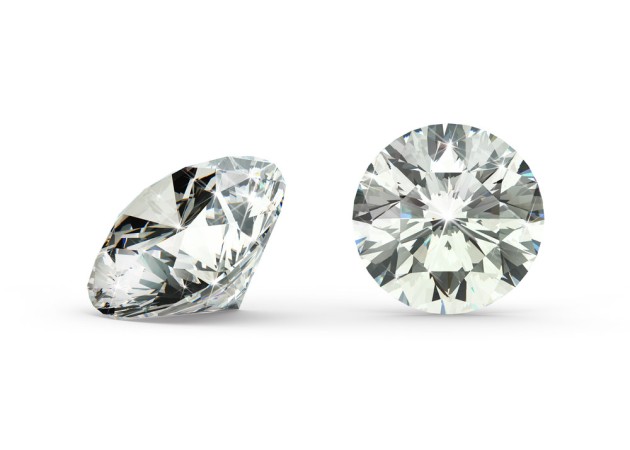The Round Brilliant Cut- the most popular cut of them all

Since Mary of Burgundy received her engagement ring in 1477 from Maximilian of Austria, the first diamond engagement ring in history, diamond cutters have spent huge amounts of time and resource working out the best diamond shape and setting to maximise the beauty of the stone.
After hundreds of years it took a Russian mathematician, Marcel Tolkowsky, in 1919 to calculate the most efficient design to use to maximise the brilliance and fire of the diamond. This was then known as the round brilliant cut and to this day continues to be the world’s most popular cut appearing in everything from low carat items to the most prestigious and famous rings and pieces.
With 58 facets, of which 33 are in the crown and 25 in the pavilion, the round brilliant cut is able to make the most of the three key components of a diamond cut, the use of light, dimension and finish to the stone.
Round brilliant cut diamonds appear on all forms of jewellery, from beautiful rings for weddings and engagements, but also necklaces, pendants, watches and bracelets. The shape also lends itself to a wide range of styles and settings.
For details of all the round brilliant cut options , to suit all budgets and tastes , speak to an expert , such as www.diamondgeezer.com, who offer a full design and advisory service and work with a huge range of styles , such as Pave , Cross over , swirl , twist or claw , and have a series of beautiful settings and metals , including white gold , yellow and rose gold , Palladium and platinum.
The team at www.diamondgeezer.com offer a 30 day money back, or exchange or tweaking option, on all jewellery, even designed pieces and have an impressive list of accreditations, including the British Jewellery Association and Trustpilot, to ensure you have full confidence when buying online.
Images

